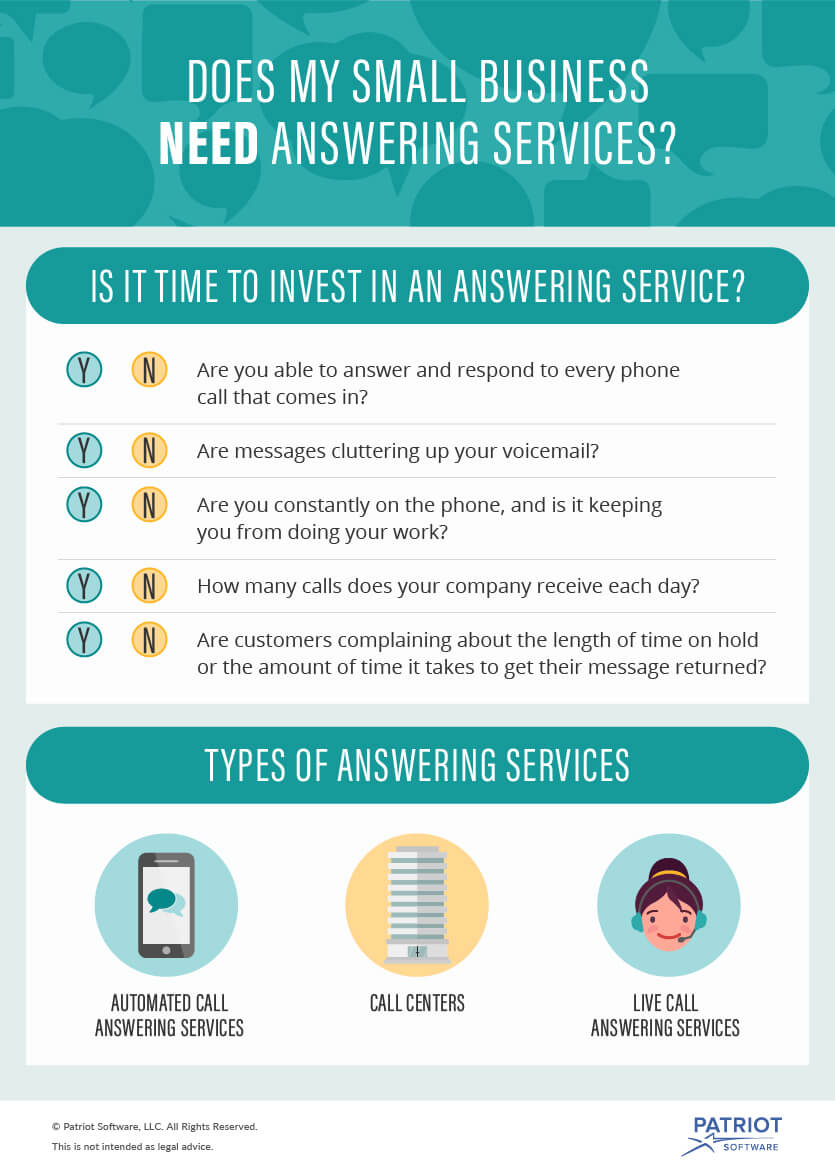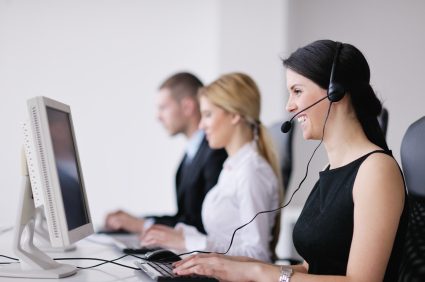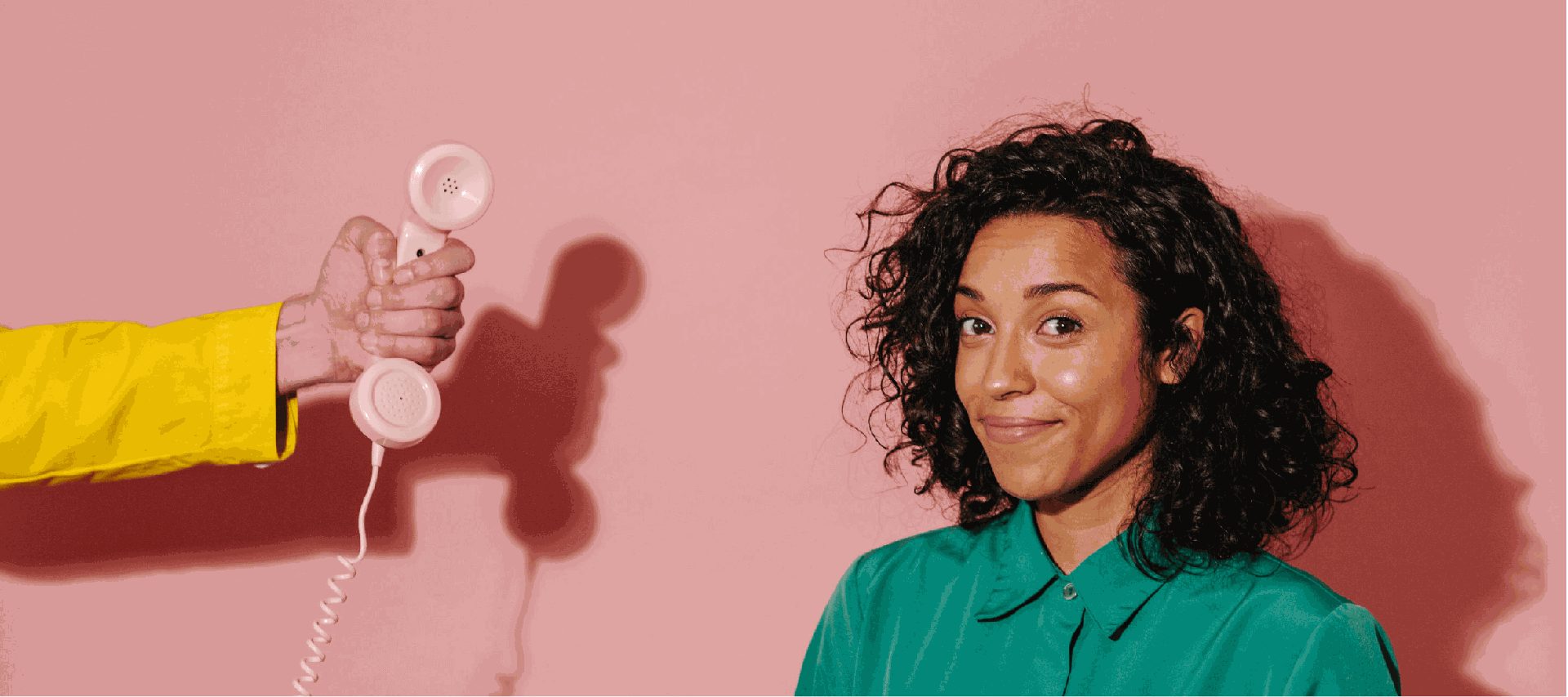All Categories
Featured
Table of Contents
- – What Is The Best Telephone Answering Service Fo...
- – What Is The Best Telephone Answering Service -...
- – What Is The Best Faqs - The Phone Answering Fo...
- – What Is The Best How Do Answering Services Wo...
- – Top Top Answering Service In Australia - 2023...
- – Who Has The Best The Complete Guide To Phone...
What Is The Best Telephone Answering Service For Smes - Myco Works Available
This device and its successors were designed by Sava Jacobson, an electrical engineer with a personal consulting organization. While early answering makers utilized magnetic tape technology, a lot of modern-day equipment utilizes strong state memory storage; some devices use a combination of both, with a solid-state circuit for the outgoing message and a cassette for the incoming messages.
"toll saving" below) (virtual telephone answering service). This is beneficial if the owner is evaluating calls and does not want to speak to all callers. In any case after going, the calling party ought to be informed about the call having been answered (in many cases this starts the charging), either by some remark of the operator, or by some greeting message of the little bit, or addressed to non-human callers (e.
This holds specifically for the Littles with digitally kept welcoming messages or for earlier devices (prior to the rise of microcassettes) with an unique limitless loop tape, different from a second cassette, dedicated to recording. There have been answer-only gadgets without any recording capabilities, where the greeting message needed to inform callers of a state of present unattainability, or e (business call answering service).
What Is The Best Telephone Answering Service - Virtual Receptionist - Apso 2023

about accessibility hours. In tape-recording TADs the welcoming typically contains an invite to leave a message "after the beep". An answering maker that uses a microcassette to tape-record messages On a dual-cassette answerphone, there is an outgoing cassette, which after the specified number of rings plays a pre-recorded message to the caller.

Single-cassette voice mail consist of the outbound message at the beginning of the tape and inbound messages on the staying area. They first play the statement, then fast-forward to the next offered area for recording, then tape the caller's message. If there are lots of previous messages, fast-forwarding through them can trigger a considerable hold-up.
This beep is frequently described in the greeting message, requesting that the caller leave a message "after the beep". TADs with digital storage for the recorded messages do disappoint this hold-up, obviously. A TAD might offer a remote control facility, whereby the answerphone owner can sound the house number and, by entering a code on the remote telephone's keypad, can listen to recorded messages, or delete them, even when far from home.
What Is The Best Faqs - The Phone Answering For The Price

Therefore the maker increases the number of rings after which it answers the call (usually by two, resulting in four rings), if no unread messages are presently stored, but responses after the set variety of rings (generally 2) if there are unread messages. This allows the owner to learn whether there are messages waiting; if there are none, the owner can hang up the phone on the, e.
Some machines likewise permit themselves to be from another location activated, if they have been turned off, by calling and letting the phone ring a particular a great deal of times (usually 10-15). Some company desert calls already after a smaller sized number of rings, making remote activation impossible. In the early days of TADs an unique transmitter for DTMF tones (dual-tone multi-frequency signalling) was regionally required for push-button control, since the formerly utilized pulse dialling is not apt to communicate appropriate signalling along an active connection, and the dual-tone multi-frequency signalling was implemented stepwise.
Any inbound call is not recognizable with respect to these residential or commercial properties in advance of going "off hook" by the terminal equipment. So after going off hook the calls need to be changed to proper devices and just the voice-type is instantly available to a human, however possibly, however ought to be routed to a LITTLE BIT (e.
What Is The Best How Do Answering Services Work? Service?
What if I informed you that you do not need to in fact get your device when answering a customer call? Another person will. So hassle-free, ideal? Responding to phone calls does not require somebody to be on the other end of the line. Efficient automated phone systems can do the technique just as effectively as a live representative and sometimes even better.
An automated answering service or interactive voice response system is a phone system that interacts with callers without a live individual on the line - local phone answering service. When companies use this technology, consumers can get the response to a concern about your company just by using interactions set up on a pre-programmed call flow.
Although live operators update the client service experience, many calls do not require human interaction. A simple recorded message or guidelines on how a customer can obtain a piece of information typically fixes a caller's immediate requirement - local phone answering service. Automated answering services are an easy and reliable method to direct inbound calls to the right individual.
Top Top Answering Service In Australia - 2023 Reviews
Notice that when you call a business, either for support or product questions, the first thing you will hear is a pre-recorded voice greeting and a series of options like press 1 for customer service, press 2 for questions, and so on. The pre-recorded alternatives branch out to other options depending upon the consumer's choice.
The phone tree system helps direct callers to the best person or department using the keypad on a cellphone. In some circumstances, callers can use their voices. It deserves noting that auto-attendant choices aren't limited to the 10 numbers on a phone's keypad. Once the caller has picked their first alternative, you can develop a multi-level auto-attendant that utilizes sub-menus to direct the caller to the best type of support.
The caller does not have to interact with an individual if the auto-attendant phone system can handle their concern. The automatic service can path callers to a worker if they reach a "dead end" and require assistance from a live agent. It is costly to hire an operator or executive assistant.
Who Has The Best The Complete Guide To Phone Answering Services?
Automated answering services, on the other hand, are considerably less costly and provide considerable expense savings at an average of $200-$420/month. Even if you don't have devoted personnel to handle call routing and management, an automated answering service enhances performance by enabling your group to concentrate on their strengths so they can more efficiently invest their time on the phone.
A sales lead routed to customer care is a lost shot. If a consumer who has product concerns reaches the wrong department or gets incomplete answers from well-meaning employees who are less trained to deal with a specific type of concern, it can be a cause of aggravation and frustration. An automated answering system can minimize the number of misrouted calls, therefore assisting your workers make much better usage of their phone time while releasing up time in their calendar for other tasks.
With Automated Answering Systems, you can develop a personalized experience for both your personnel and your callers. Make a recording of your primary welcoming, and just update it routinely to reflect what is going on in your organization. You can produce as lots of departments or menu choices as you want.
Table of Contents
- – What Is The Best Telephone Answering Service Fo...
- – What Is The Best Telephone Answering Service -...
- – What Is The Best Faqs - The Phone Answering Fo...
- – What Is The Best How Do Answering Services Wo...
- – Top Top Answering Service In Australia - 2023...
- – Who Has The Best The Complete Guide To Phone...
Latest Posts
Virtual Phone Answering – Australia
Hospitality Answering Service Near Me
Top Hospitality Answering Service
More
Latest Posts
Virtual Phone Answering – Australia
Hospitality Answering Service Near Me
Top Hospitality Answering Service